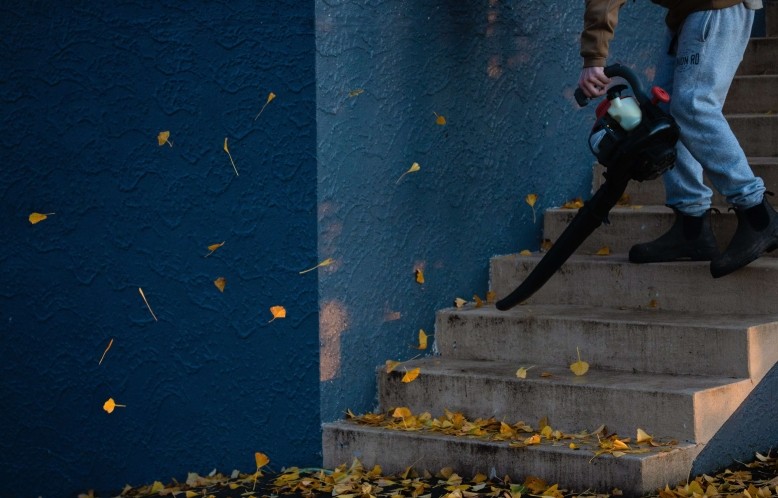Prepare Your Facilities for Spring & Summer Weather with this Maintenance Checklist

As our temperatures trend towards warmer weather, there are facility maintenance tasks that need to be accomplished. Creating a checklist of preparation tasks by utilizing a CMMS (computerized maintenance management system) helps you prepare for an efficient changeover from winter to spring and into summer.
The following are some preventive maintenance tasks you should be checking in on when changing from winter to spring weather. Anytime projects such as roof repairs, tree maintenance, heating and cooling systems come up, they are important to service – and a good chance to decide whether you will address in-house or contract out.
Impact of freezes
For those living in areas where you have cold temperatures, it is important to check for any potential damage from freezing. Many parts of the country have experienced heavy rains, snow and ice which can damage the exterior and interior of buildings.
Some areas to look out for damage:
- Pipes and drainage pipes
- Parking lots (potholes)
- Sidewalks
- Roofs
Ice and water can also cause pitting of surfaces or cracks in concrete tanks and other structures. Snow and water can corrode surfaces and lead to equipment failure. Each of these areas will need to be inspected for potential damage.
Lighting adjustments
When a time change occurs, outdoor and indoor lights need to be adjusted to the appropriate time zone. This will also help you be energy conscious and efficient as you transition seasons.
Check out these 3 tips for saving energy at your facility today.
HVAC check-in
In preparation for warmer weather, servicing your HVAC system is important. Being proactive means checking to see all elements of your HVAC are working correctly. Dirt and dust can collect over the winter months and need to be cleaned out.
At the onset of warmer weather is a good time to invest in brightening and sprucing up the exterior of your facility. You may need to clean areas outside and freshen up some paint jobs. Roofs can be coated with protective coating. And cleaning windows and pressure washing may be a great way to easily refresh the appearance of your facility.
You may also need to make some landscaping updates, pruning and replanting as the seasons change over.
Preventing pests
This is a good time to take proactive pest control measures. Avoid overwatering your landscape, over-mulching and planting shrubs too close to the building to help keep pests at bay. A pest control service is also recommended.
Your spring maintenance checklist items
Here is a simple checklist for you to utilize as you look at the exterior of your facilities:
- Trim trees and bushes that are in contact with the building. Trimming trees and bushes will prevent damage to the sides of buildings, roofs and windows.
- Clear storm drains on the property of debris. This includes sticks, limbs and leaves, along with any trash and make sure storm drains are clear.
- If any of your buildings have chimneys check to make sure that the chimney cap(s) have not blown away or been damaged. If needed repair or replace these caps.
- Inspect any wooden decks, stairs, railings, etc. for signs of rot or corroded bolts, nails, etc. Make sure you check under deck or stairs. If necessary, repair the rot on the wood before allowing staff, guests or visitors on the decks, stairs and railings.
- Check any concrete patios or stairs for signs of spalling. If necessary, hire a contractor or engineer to inspect and then take corrective measures as needed.
- Inspect gutters and downspouts for signs of damage. This may involve climbing on a ladder or roof. Make sure if you are using ladders or climbing on the roof, all appropriate safety measures are followed to reduce the likelihood of injury.
- Clean debris around the foundation of any and all buildings and in all window sills. Excessive debris will hold moisture and might cause drainage issues.
- Check windows and sills for signs of rot or missing caulk and cracked or broken window panes. Complete any and all repairs as necessary in these areas.
This is also the perfect time to review cost-savings technologies.
Utilizing an easy-to-use CMMS (like Asset Essentials) allows for a significant impact on your bottom line by implementing a solid preventive maintenance program that helps you track, monitor and complete the tasks you need to transition from winter to spring and into summer.



